West Kennet Long Barrow
It's possible to walk inside one of the largest Neolithic tombs in Britain.
The British landscape is dotted with some 250 ancient long barrow tombs, elongated mounds used as burial chambers. The West Kennet Long Barrow is one of the largest and certainly the most accessible. To call it impressive does not do it justice.
The barrow was constructed over five millennia ago during the Neolithic period, around 3600 BCE, and archaeologists believe it was in use for about 1,000 years. It entombed the remains of least 46 people, including both cremated remains and unburnt bones.
During excavation, some of the skeletal remains were found disarticulated, with skulls and long bones missing. This has prompted the gruesome suggestion that the tomb was periodically opened so that bones could be removed for display. Many ancient artifacts like pottery, beads, and stone tools were also found in the tomb.
Built into a chalk ridge, the large grass-covered mound (when in use it would have been bare chalk) is about 10 feet high at its highest point, and 300 feet long. Inside is a 45-foot-long hollow passage with four chambers on the side and one at the end. These chambers are where the ancient remains were found.
The hollow chambers are usually freely accessible for visitors to walk through, making this long barrow quite unique among the bunch. Wandering inside can be quite a spooky experience, and is certainly not for the claustrophobic. The entrance is fronted by large stones (called sarsens), making for an impressive-looking facade.
The tomb is located in Wiltshire not far from two other mysterious ancient sites: Silbury Hill, the largest prehistoric mound in Europe, believed by some to be the burial place of a legendary king, and the Avebury henge, the world’s largest megalithic stone circle.
Know Before You Go
You can access the long barrow from a lay-by on A4 (the main road from London to Bath), about a mile south of Avebury. You cannot miss it. It is on the lefthand side of the road when heading away from London.
Access to the inside of the tomb may sometime be limited while work is being done, so check out the National Trust website to be sure.
Community Contributors
Added by
Edited by
Plan Your Trip
The Atlas Obscura Podcast is Back!



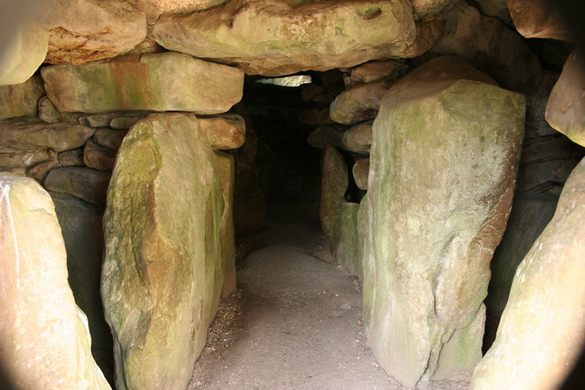



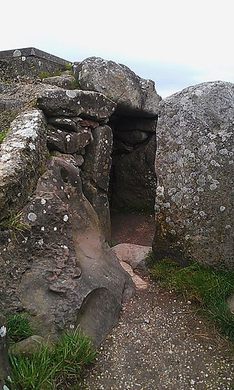
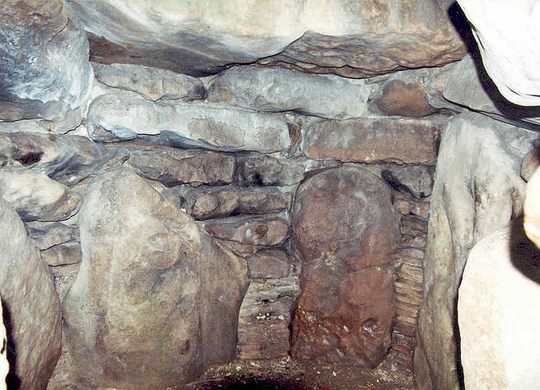
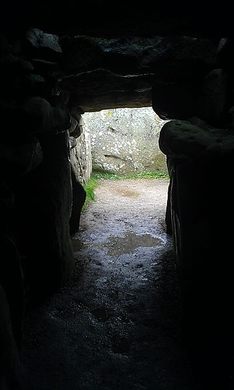

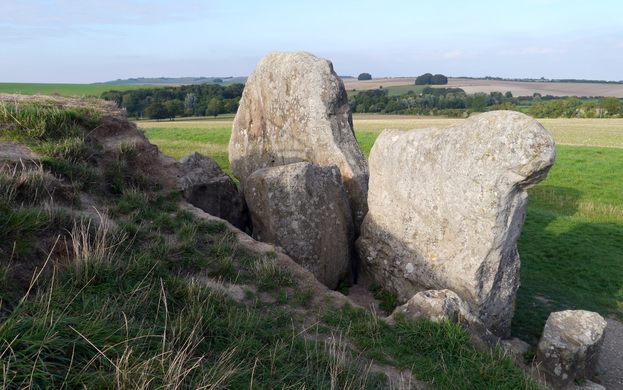

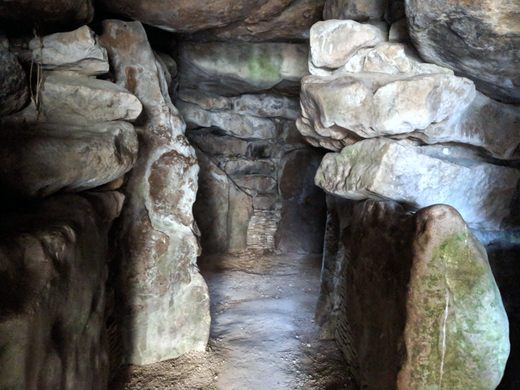






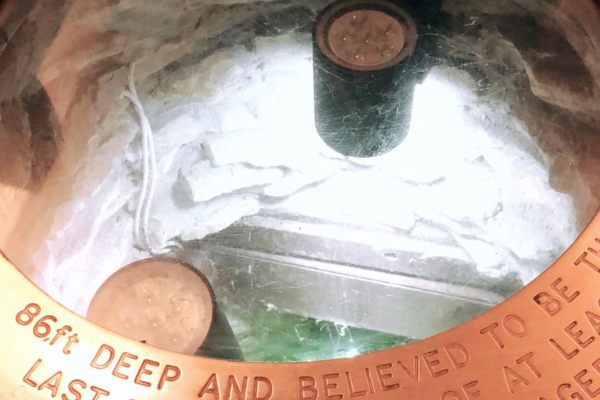
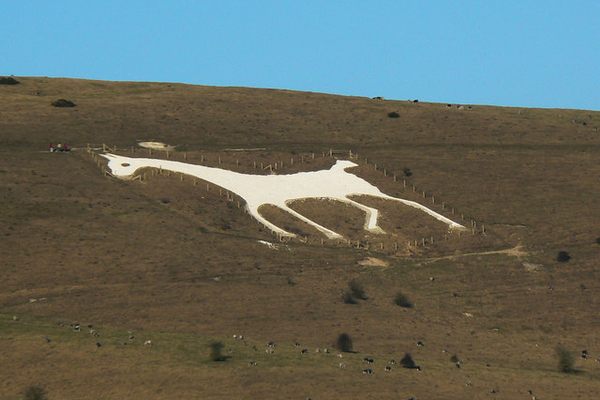


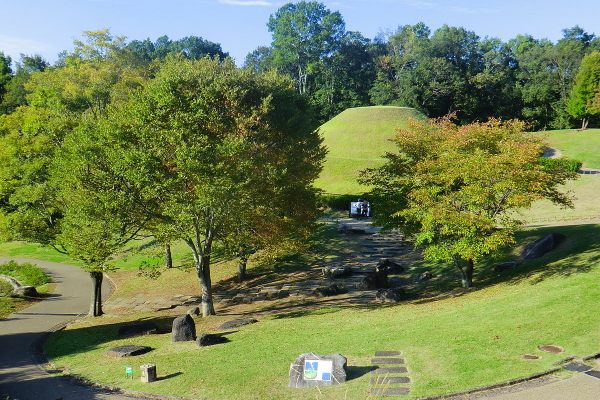


Follow us on Twitter to get the latest on the world's hidden wonders.
Like us on Facebook to get the latest on the world's hidden wonders.
Follow us on Twitter Like us on Facebook